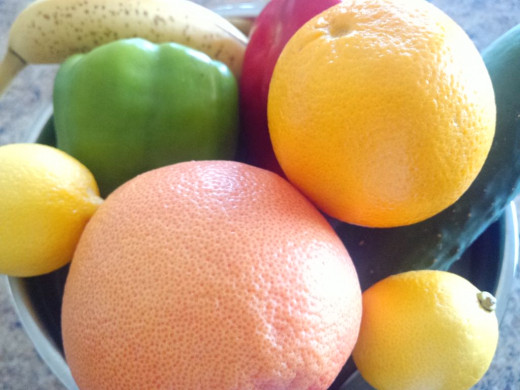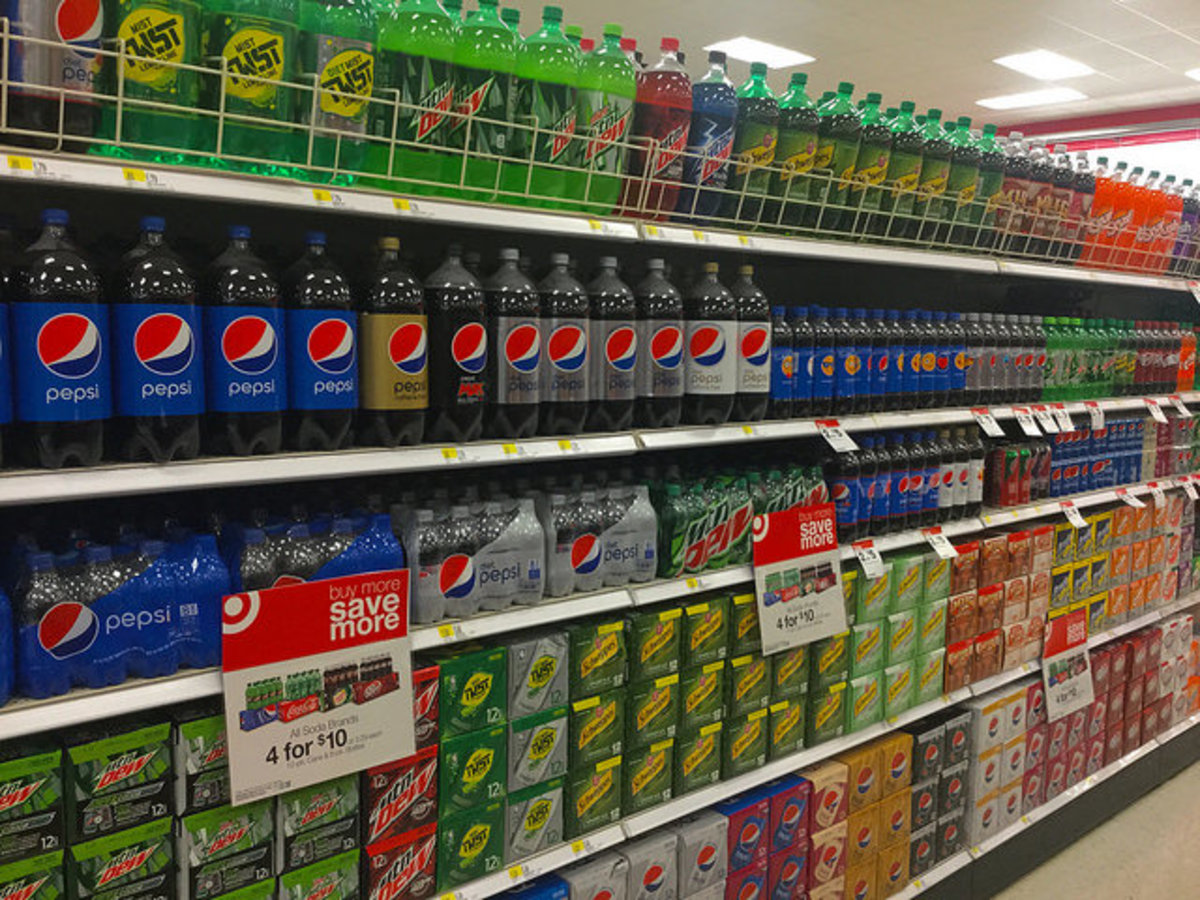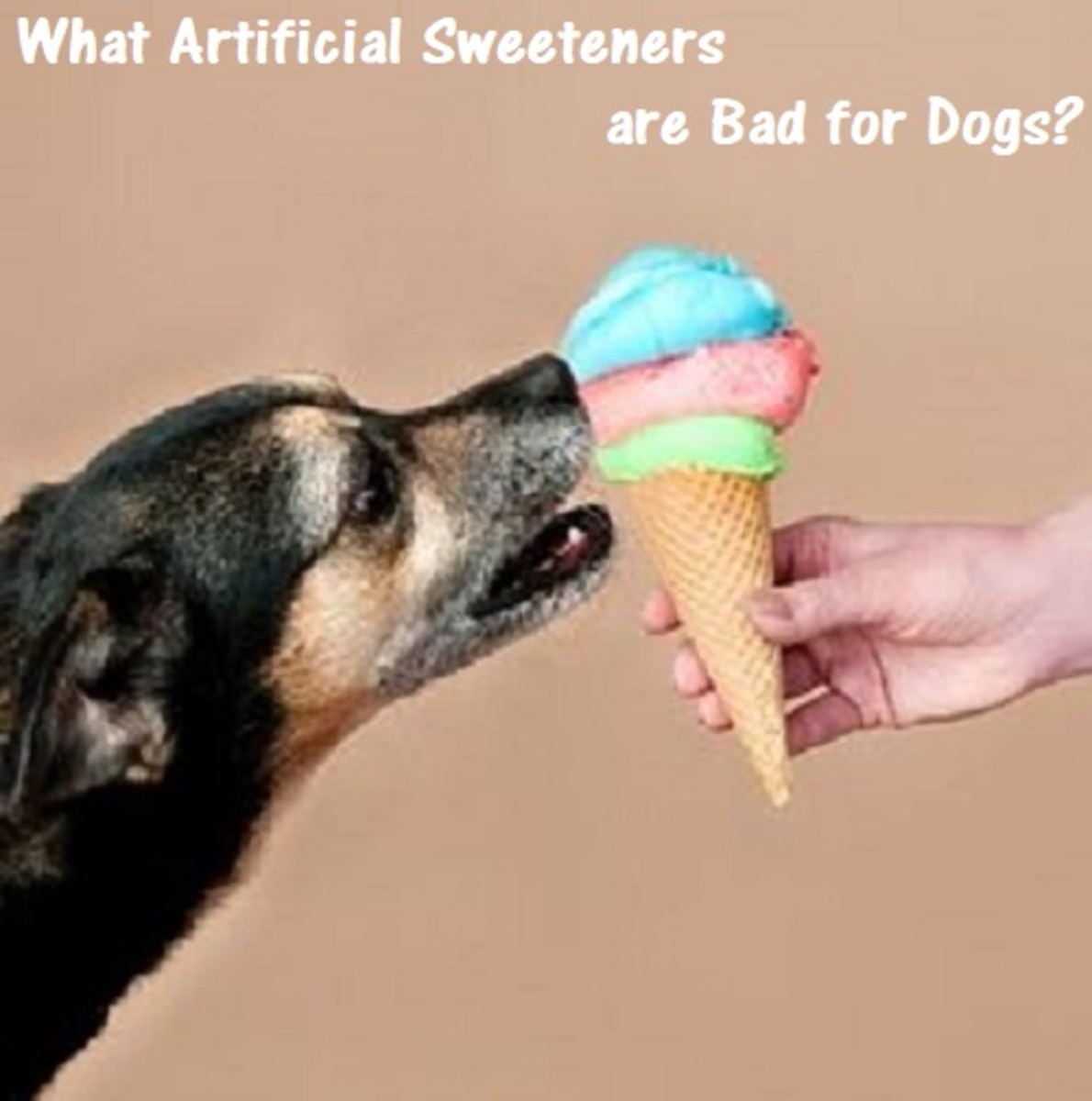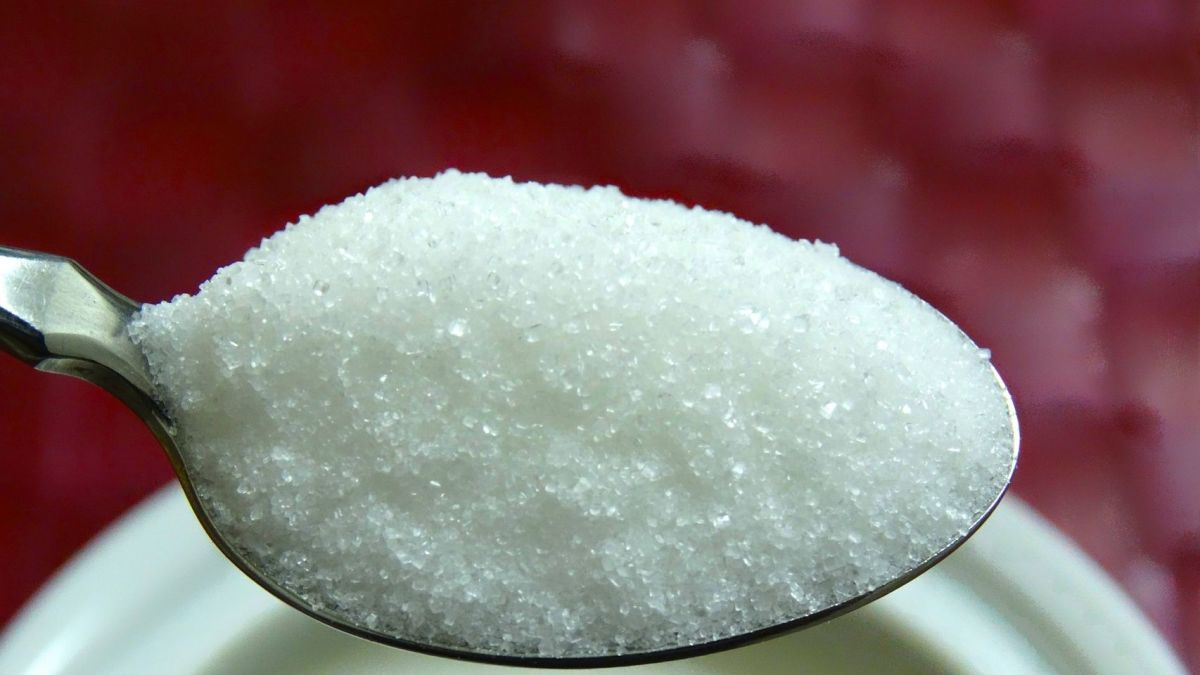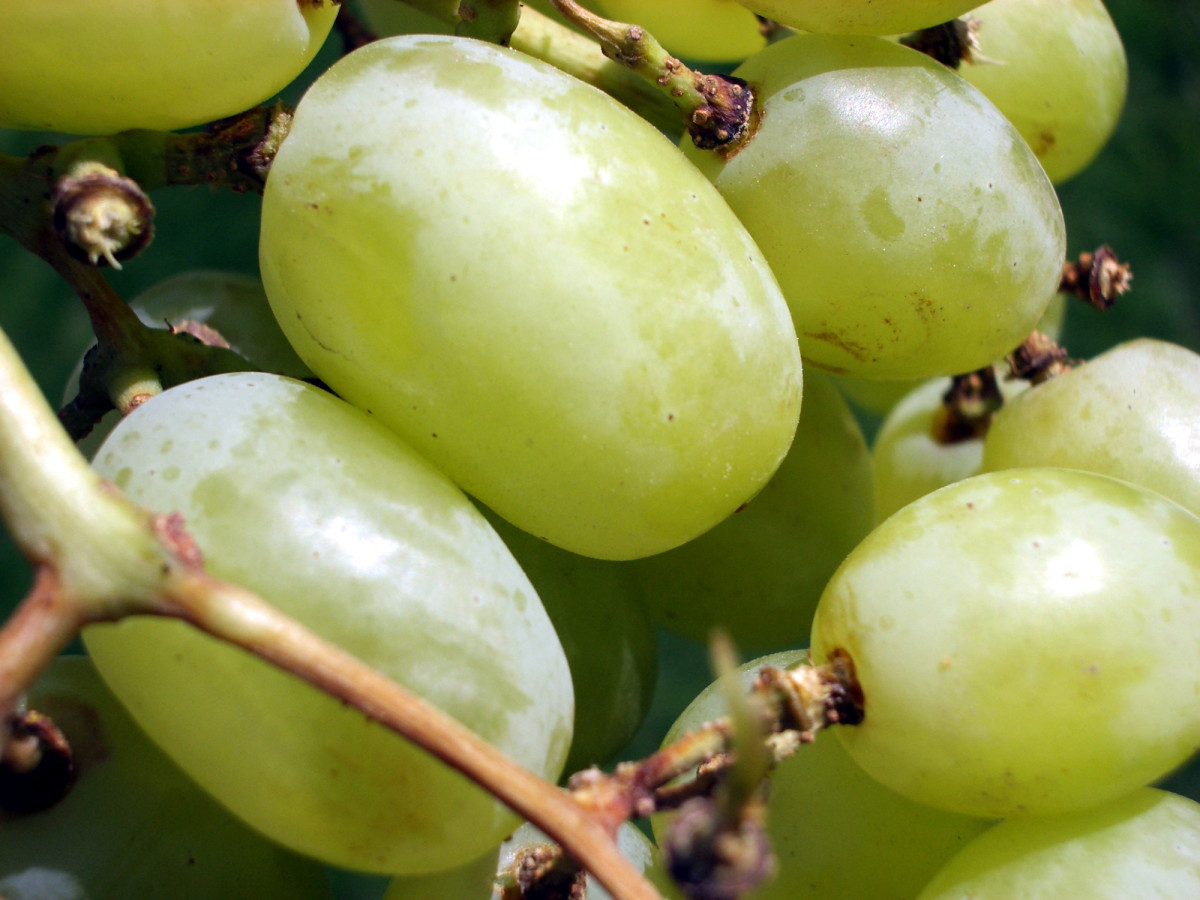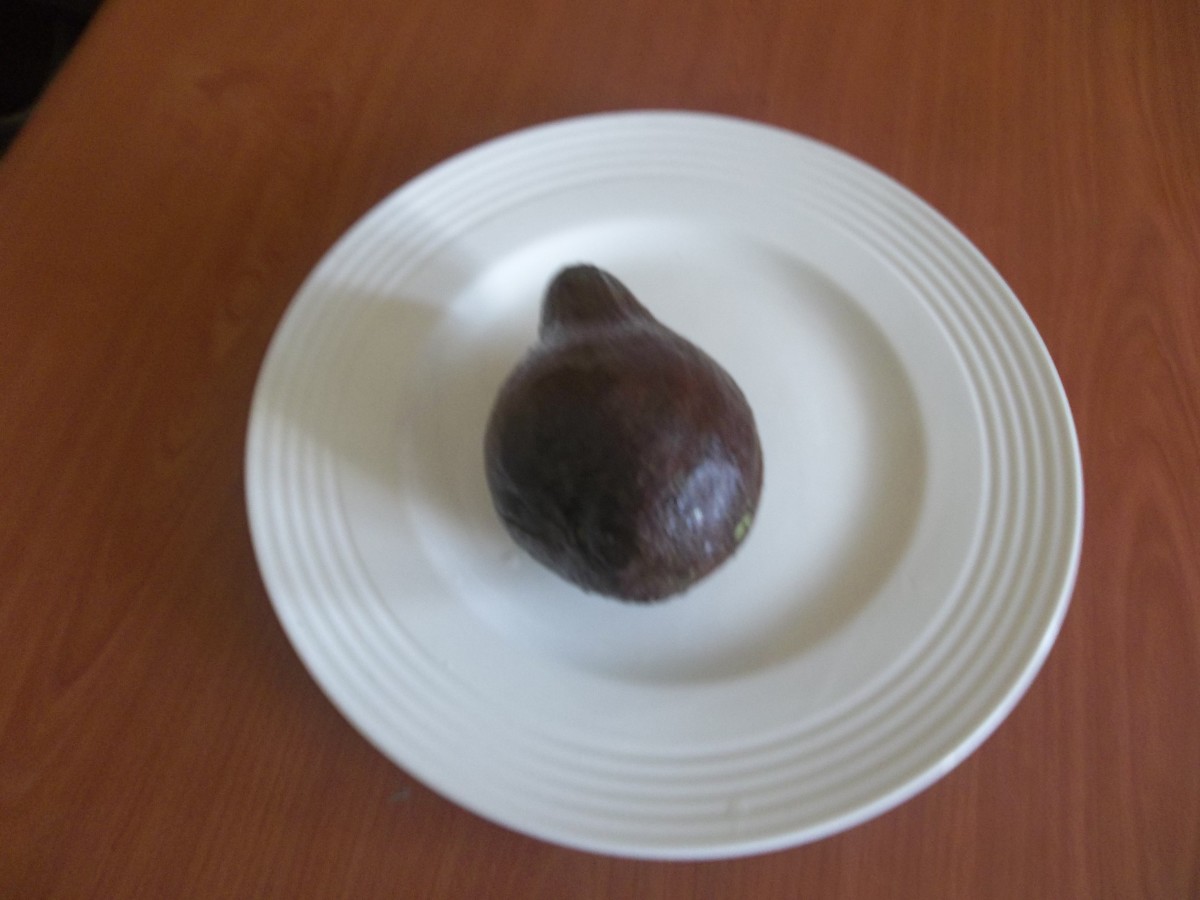Eliminate TransFat and Processed Sugar
What Are You Serving?


What's The Big Deal About Trans Fat Anyway?
Trans fat exists in two different forms. One is processed industrially because of texture, effect on taste, and / or low cost. The other form occurs naturally in some foods. It is unclear whether natural trans fat has the same effect on our bodies as the industrially produced kind, however the trans fat that is processed industrially is frightfully harmful.
Trans Fat Is Especially Bad For Several Reasons
- It increases bad cholesterol.
- It decreases good cholesterol.
- It increases risk of heart disease, stroke, and heart problems.
- It is linked to development of type 2 diabetes.
Trans fat is what you'll find in many items on store shelves. The tough part is that while the FDA has cracked down on the use of it, it allows trace amounts to be included in items and not listed on the nutrition facts bulletin. In fact, you have to read the ingredients label to determine whether or not it is in the food you're buying. If it contains partially hydrogenated_________ fill in the blank with some type of oil, you've come across a product that does in fact contain trans fat. It's not considered enough to have to say the item contains it in the nutrition facts. However, if you're buying lots of processed foods and you are consistently eating these foods, you are most likely taking in more than the recommended daily dose of it.
Restaurants also use trans fat since it enhances the taste of food. The problem here is that restaurants don't list nutrition facts next to their menu offerings. You have to ask. If you are a person who eats out frequently enough, this is a significant part of your diet. Trans fat is made by hydrogenating vegetable oil so if you're told it's cooked in vegetable oil this should not be taken to mean there is no trans fat. Asking for trans fat free choices can make a huge difference in the overall quality of your health.
How Much Is Too Much
All fat is harmful in heavy doses. The American Heart Association recommends that you never take in more fat than what constitutes 5% of your daily diet. This rate refers to the "good" fat, like monounsaturated and polyunsaturated fat, but the rate goes down to less than 1% for trans fat and saturated fat. I recently began cutting fat out of our family's diet and saw my post pregnancy muffin top melt away, my husband's swelling spare tire deflate, and my children gain more energy. Although, the extra energy has not necessarily been a good thing. I also lost a few inches around my waist. My intention was getting healthy and improving the health of my family, but fitting my old clothes is an awesome added benefit.
Sources of Fat
Saturated (Limit to almost none)
| Polyunsaturated (Good fat)
| Monounsaturated (Good fat)
| Trans Fat
|
|---|---|---|---|
Cheese
| Walnuts
| Olive oil
| French fries
|
Beef
| Sunflower seeds
| Sunflower oil
| Fried food
|
Ice Cream
| Unsalted peanuts
| Nuts
| Margarine
|
Lard
| Peanut butter
| Seeds
| Lard / Shortening
|
Butter
| Canola Oil
| Avocado
| Cake mix
|
Whole Milk
| Salmon
| Peanut oil
| Pancake mix
|
2% Milk
| Whole grains
| Dark chocolate
| Nondairy creamer
|
Baked foods
| Trout
| Granola
| Microwave popcorn
|
Fried foods
| Flaxseed
| Olives
| Desserts and treats
|
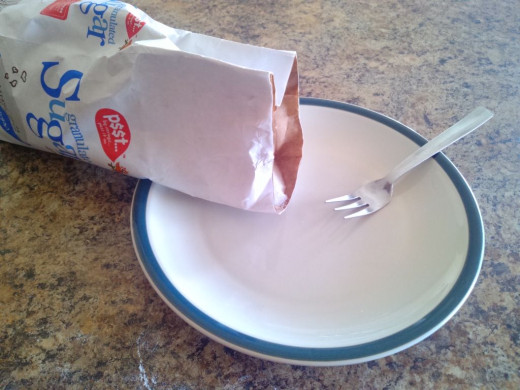
Names For Sugar In Ingredient Lists
The love / hate relationship we have with sugar has caused the food industry to get creative with the way they list it in ingredient lists for different types of foods. Take a look at some of the synonyms for sugar that are used on food labels:
Sucrose
Fructose
Sucralose
Aspartame (artificial substitute)
High Fructose Corn Syrup (processed from corn)
Dextrose
Cane juice
Sugar cane
Juices from concentrate
Corn syrup
Maltodextrin
Pure cane sugar
Agave nectar / syrup
Acesulfame potassium (artificial)
Neotame (artificial)
*Rebiana
Saccharin (artificial)
Honey
These are just a few, but generally speaking if it ends with -ose, it's probably a type of sugar.
*This product is derived from the plant stevia and has been approved by the FDA, but according to Health.com some tests being done at UCLA are showing that it causes mutations and DNA damage. An idea is to use regular, pure stevia instead of derivatives and extracts, but this hasn't been approved by the FDA in any form.
So, What About Sugar?
Sugarcane is the largest crop grown in all the world, accounting for an almost 2 billion ton harvest each year. Sugar does not only occur in the white or brown variety you find at the grocery store or in packets at your local coffee shop. There are many types of sugar that are used in food to add pleasure to our palettes. Juice, soda, candy, etc. are all direct sources of sugar that add calories that, if not burned, will cause us to pack on the pounds. This we know, but are you aware that sugar can be found in bread, lunch meat, TV dinners, cheese, etc, etc. Not to mention the fact that we eat fruit regularly. This is a great way to get essential nutrients, but fruit also contains sugar. So, just about everything we consume all day has at least some sugar. We are consuming much more sugar than is humanly possible to tolerate, even with exercise. This reliance on the substance and its whopping 773 calories per cup causes serious weight gain which leads to all sorts of health issues.
Alternatives To Sugar - The Substitutes
Food manufacturers' answer to this dilemma is to use alternatives. There are natural alternatives to cane sugar like honey, molasses, fruit juice concentrate, agave nectar, and pure stevia. With the exception of stevia they all have their share of calories. At the same time, they can be a lot healthier to use in the long run. Still, manufacturers are more keen on providing an alternative form of sugar that will not add to caloric intake. The focus is on artificial sweeteners.
Many artificial sweeteners on the market purport to do what sugar does for our taste buds and pleasure seeking brains, but leave out the extra calories. You would think this was a good thing, but most of these sugar substitutes are worse than their natural underpinning. On the U.S. market you can find several artificial sweeteners have been added to foods that boast 0 caloric content, or no sugar added. This is misleading since there is generally always a sugar substitute that has been used in its place.
The problem with this is that consumers must have clear, discernible information about what they are putting into their bodies. When a manufacturer says 0 calories or no sugar added they are only being partly honest since the connotation is the food or drink is healthy, or good for weight loss. The truth is they are neither healthy nor indicated as helpful for significant, long-term weight loss.
Take diet sodas for instance. They have artificial sweeteners with 0 calories so what's the problem? Well, with cane sugar, or regular table sugar, when we eat it our brain responds by releasing dopamine. This is the pleasurable experience that makes sugar so irresistible to most everyone on earth. Except, instead of releasing dopamine the way natural sugar does, artificial sweeteners trigger our brains to seek the effect by consuming regular sugar. In other words it's in direct opposition to a dieter's goals.
Ingestion of artificial sweeteners leads to more consumption, which leads to weight gain. It's no wonder obesity is overtaking us at alarming rates. The foods we eat to avoid gaining weight are what make us want to eat more foods that make us gain weight.
Always Check The Label!
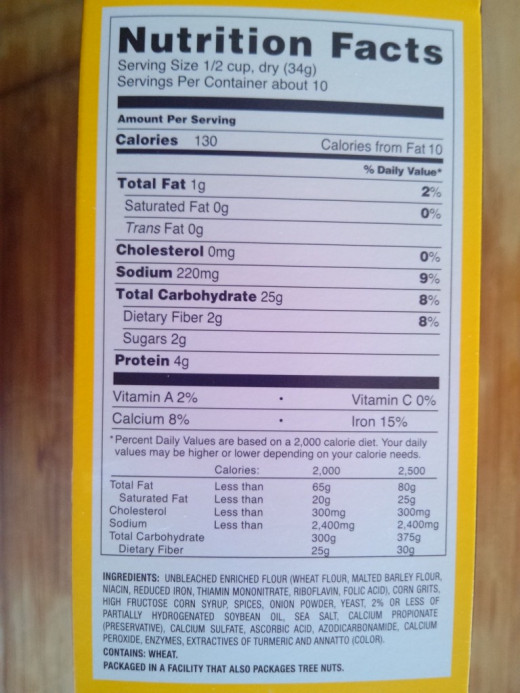
Serving Size
Do you follow the recommended serving sizes on the nutrition labels?
Rule of Thumb - Read The Label
A good way to keep you and your family healthy is to be sure to read the labels on the food you buy. Most of the time our health is not necessarily threatened by what we make at home, but by the processed foods we buy from the store and eating out. While cost and taste have improved over time, our health has been sacrificed.
Remember, there are three different areas to pay attention to.
- First, look at the serving size. This tells you how much fat and sugar is really in what you're eating. If a serving is 5 chips and this provides 2.5 grams of trans fat then you know that after about 3 of those chips you've exceeded your daily limit.
- Next, look at the fat content, sodium content, sugar content, protein, and fiber. When looking at fat check for saturated and trans fat. Avoid these types as much as possible. When it is not avoidable, watch out for amounts and serving sizes.
- Third, look at the ingredient list. Zero grams of sugar is great, but not if there's an artificial sugar that will cause you to crave the sweet stuff anyway. Also, zero grams of trans fat looks good, but read the ingredient list to find out if there's partially hydrogenated oil. This means less than .5 grams per serving, which can be tricky when figuring out how that's going to play out in your diet.
Be diligent and creative at your local grocer. Look for sugar and fat content and work to limit your intake of each throughout the day. Planning meals that are high in nutrition and low in fat and sugar can change your life.
Eat Fresh, Live Foods For A Heart Healthy Diet
